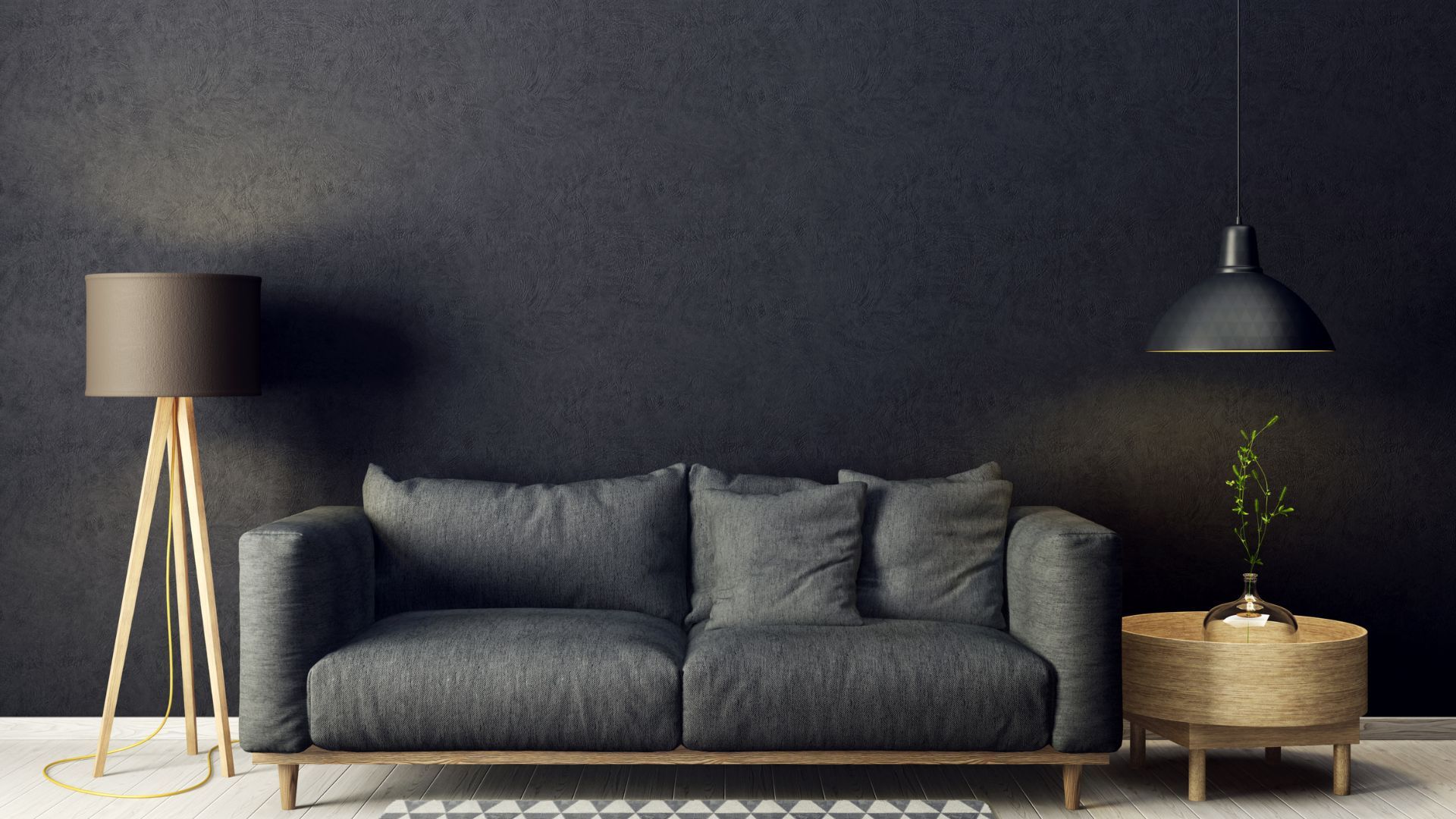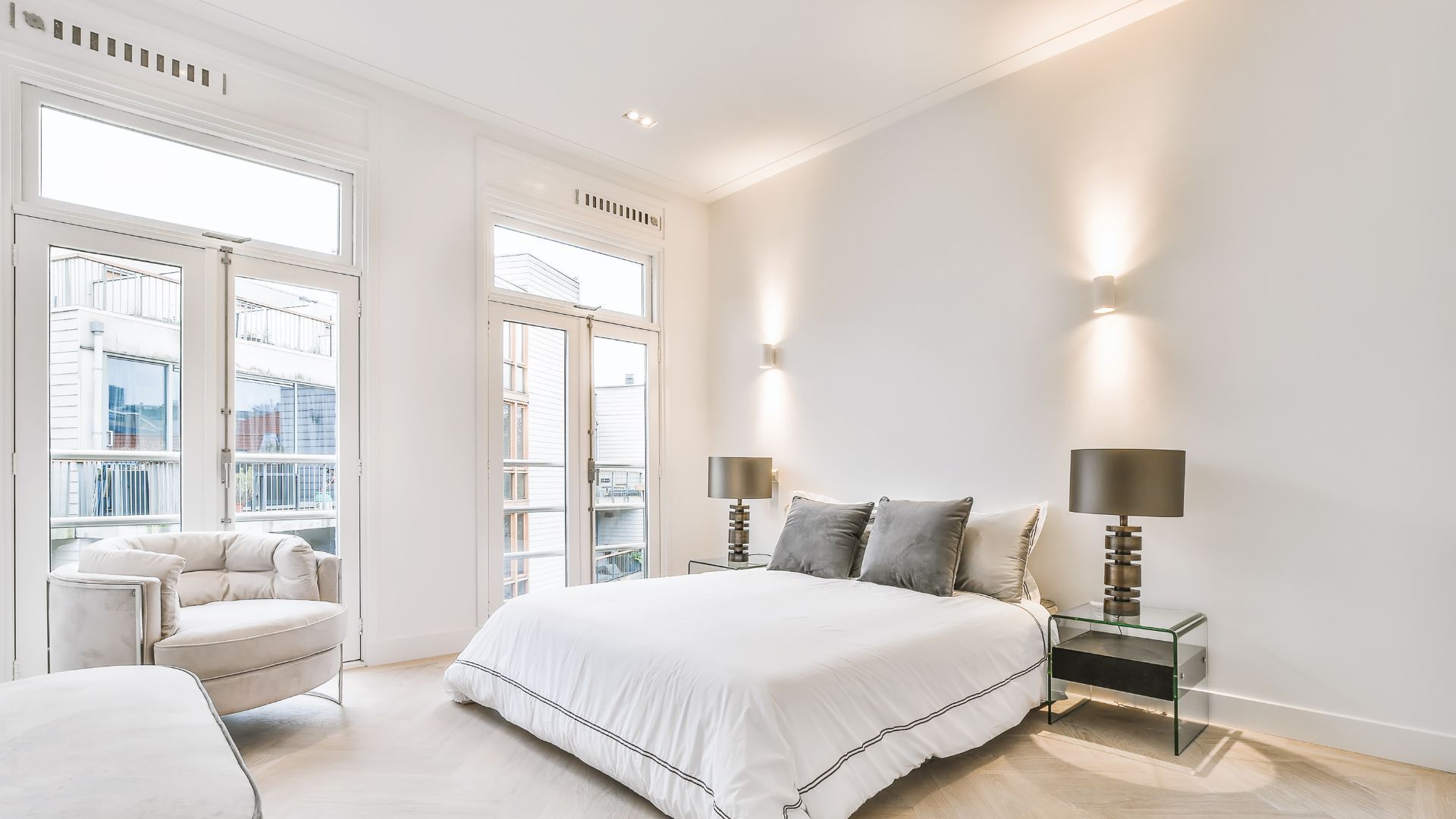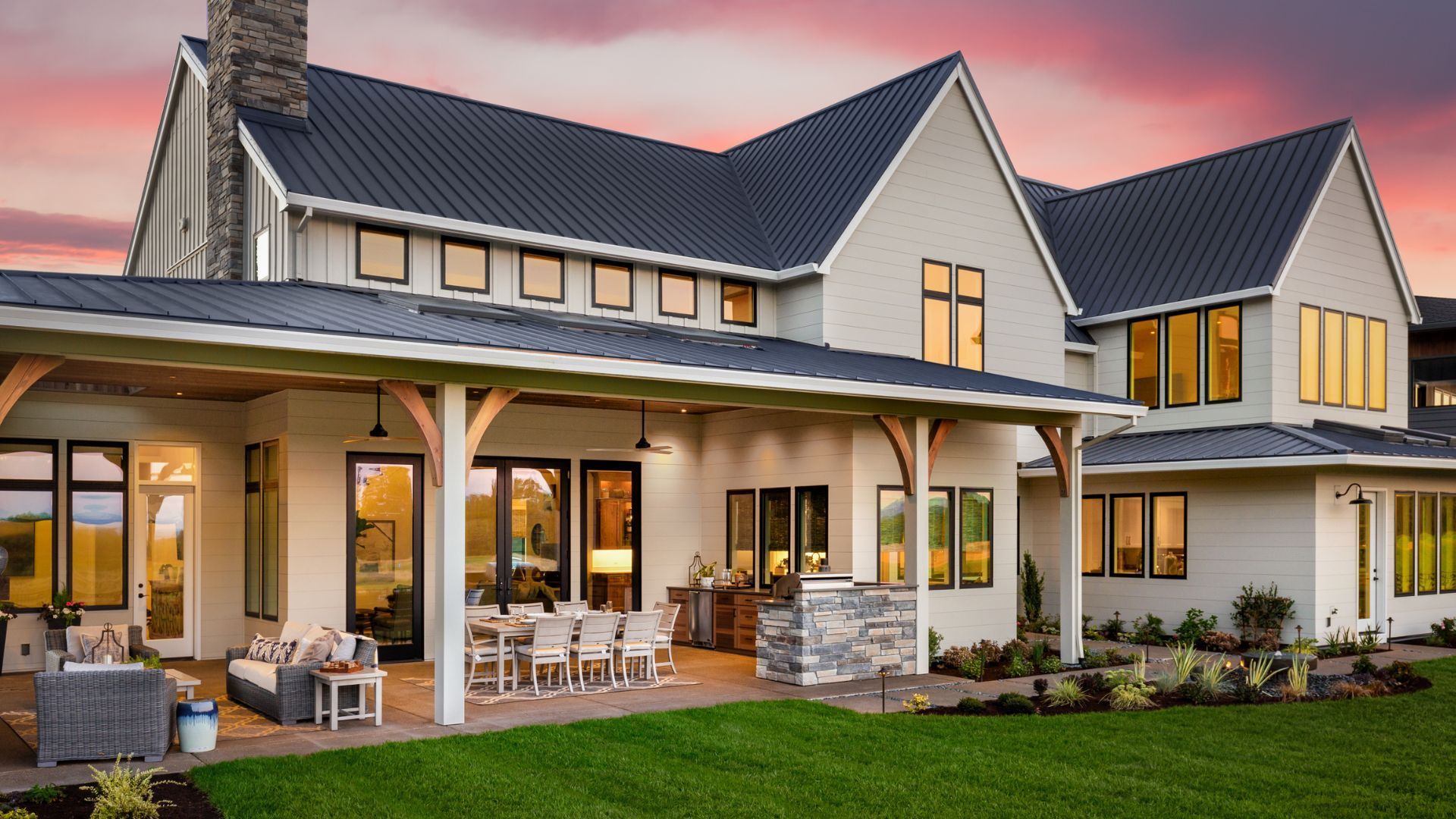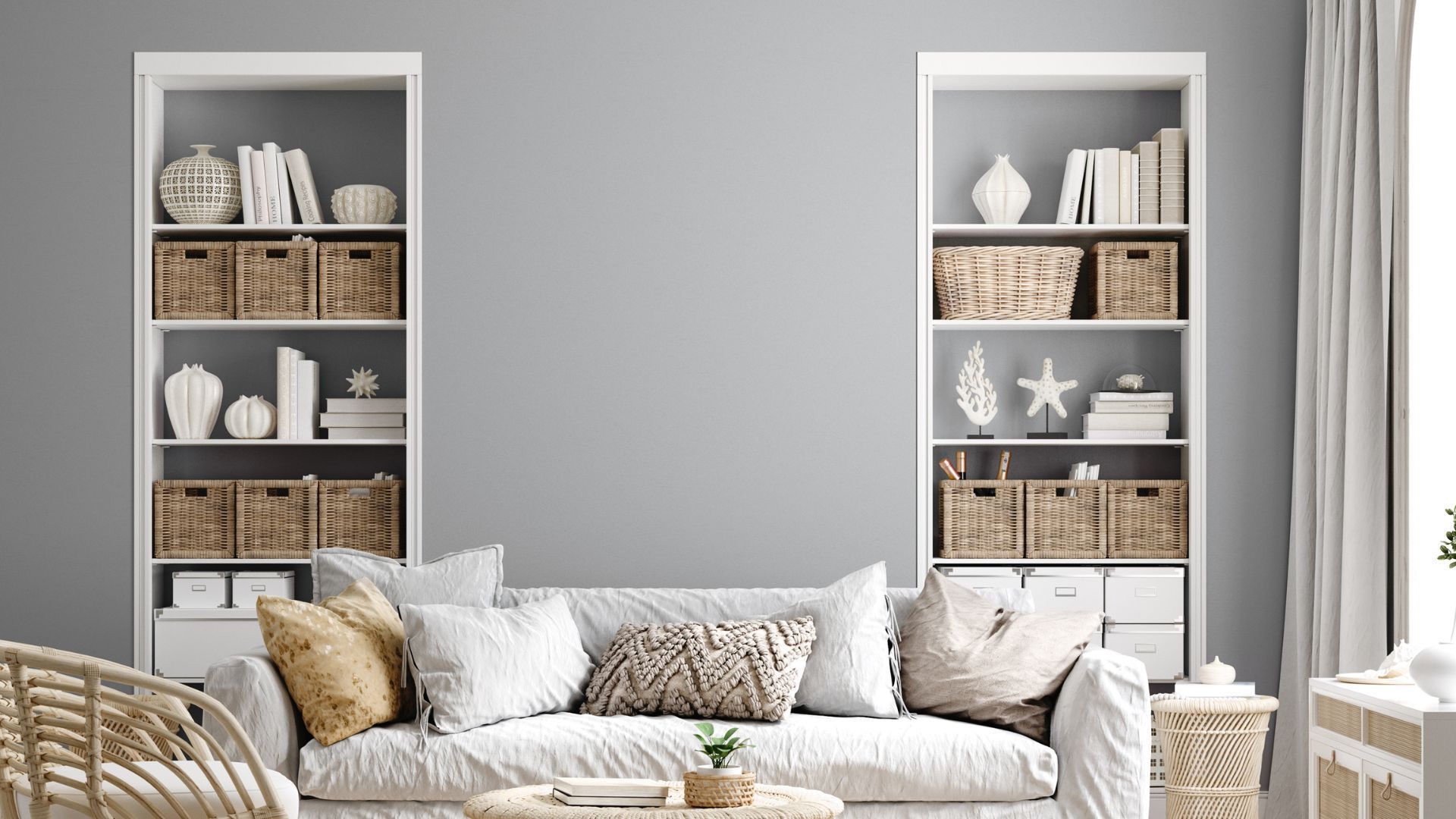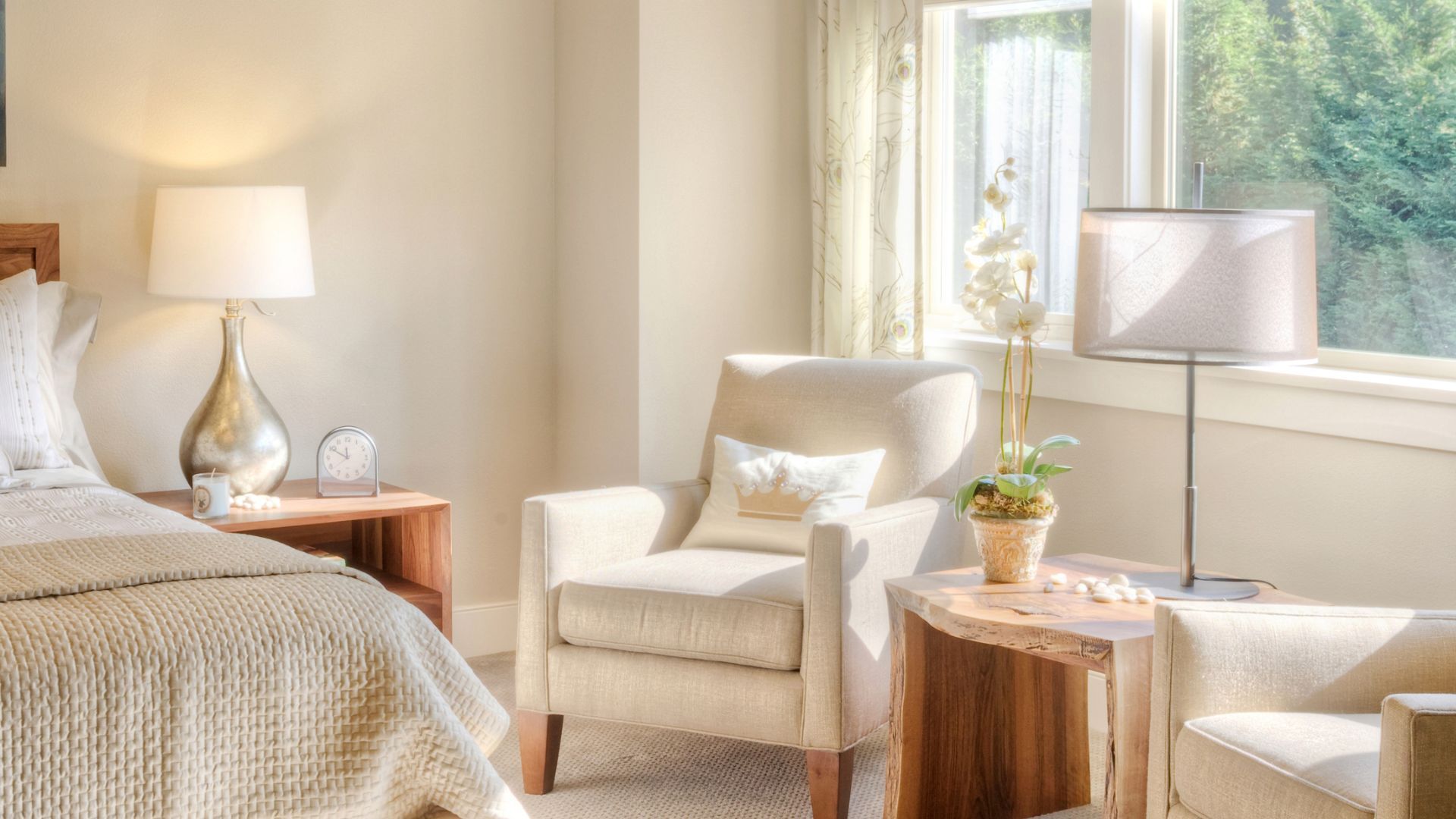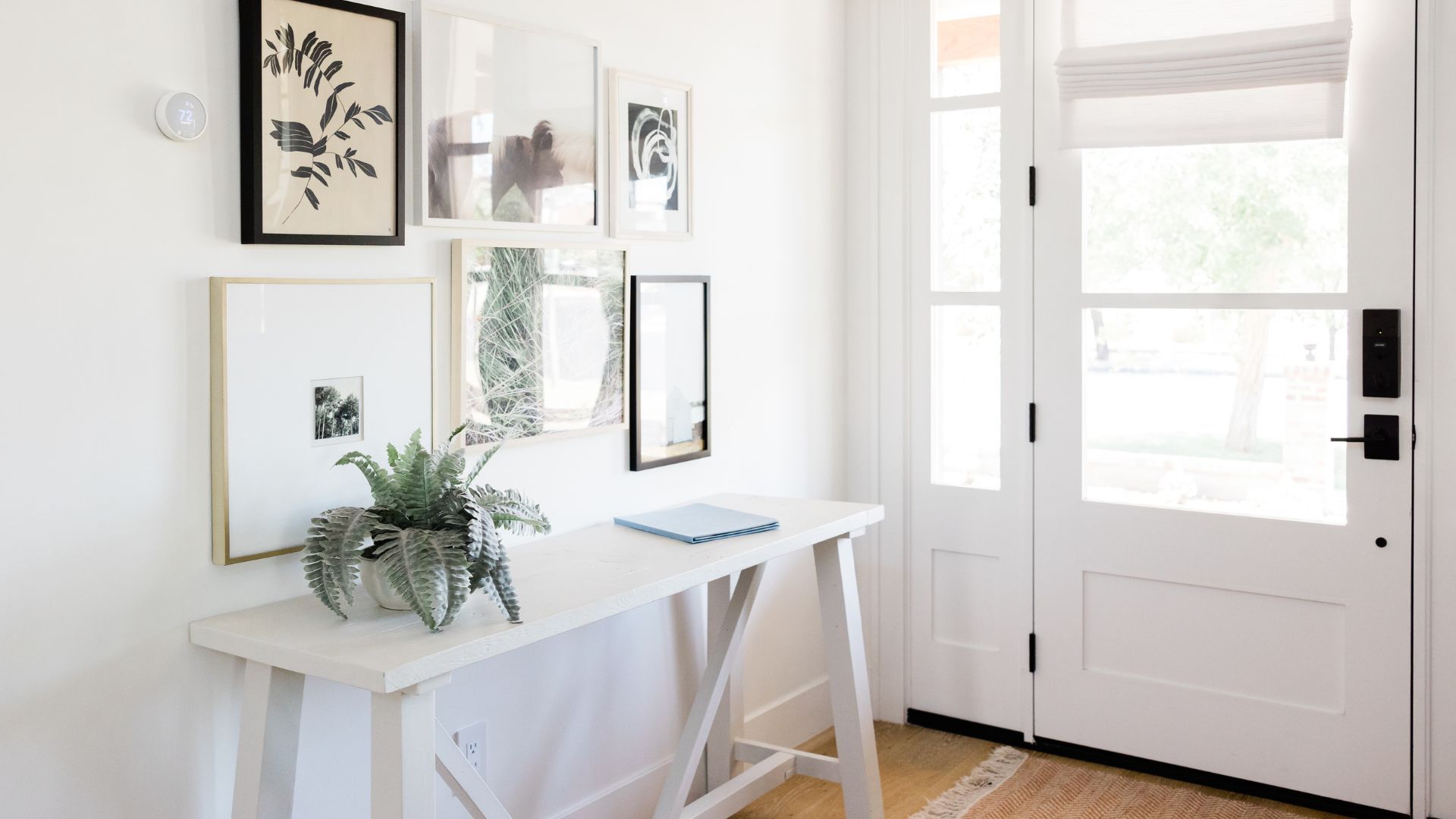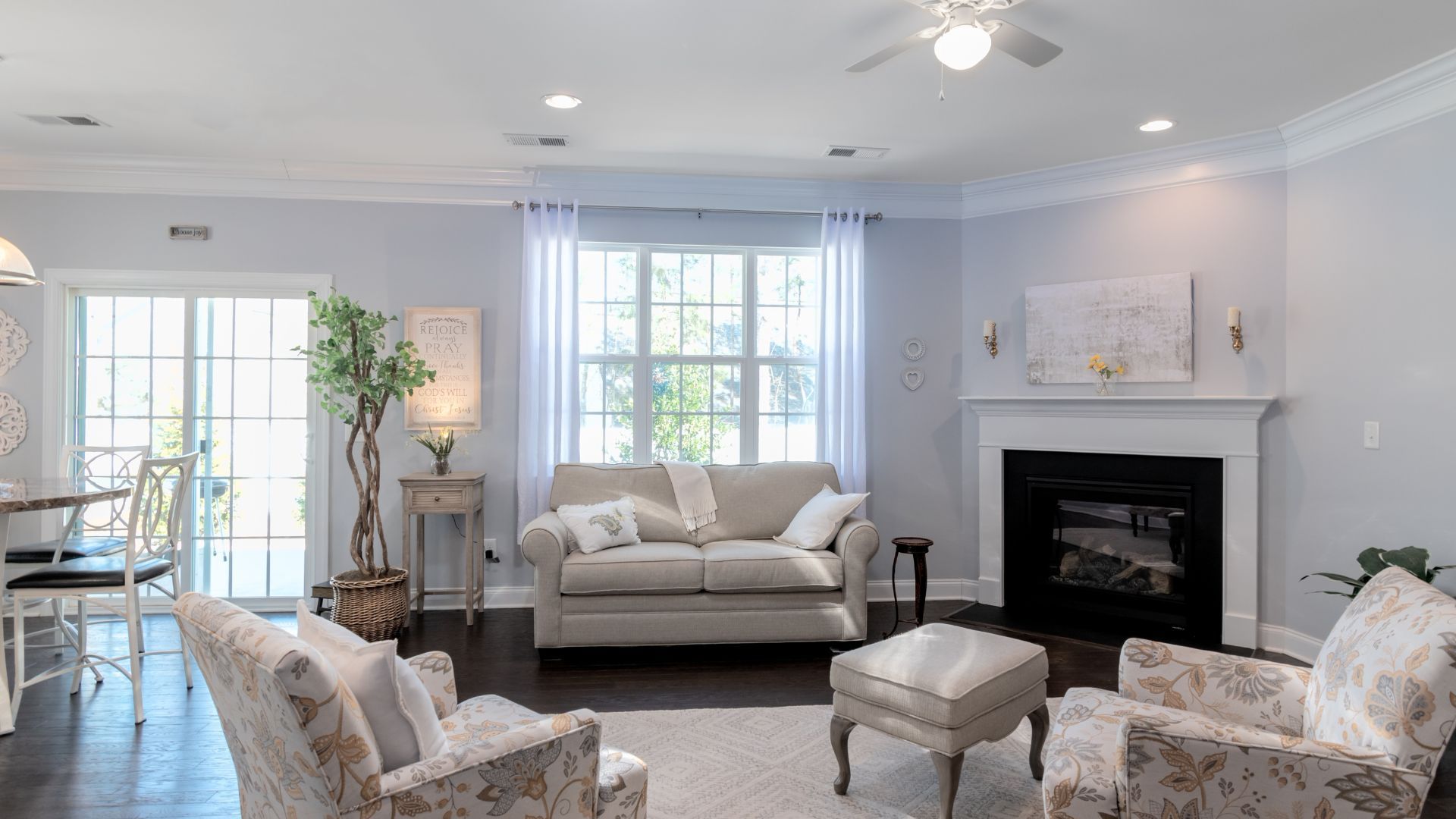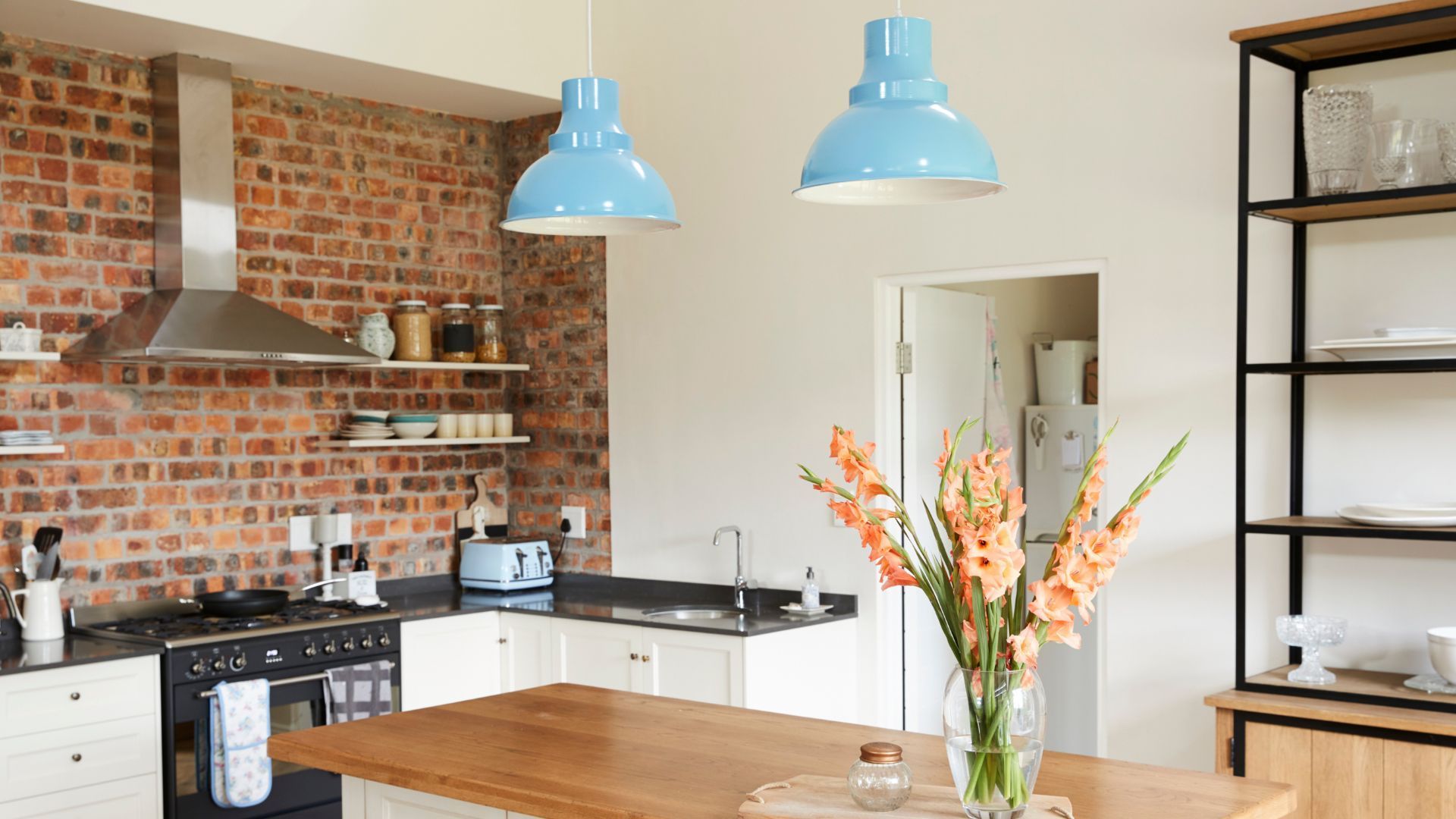Rhode Island Home Renovation Painting Tips for Stunning Results
Rhode Island Home Renovation Painting Tips for Stunning Results: Expert Advice for Interior and Exterior Projects
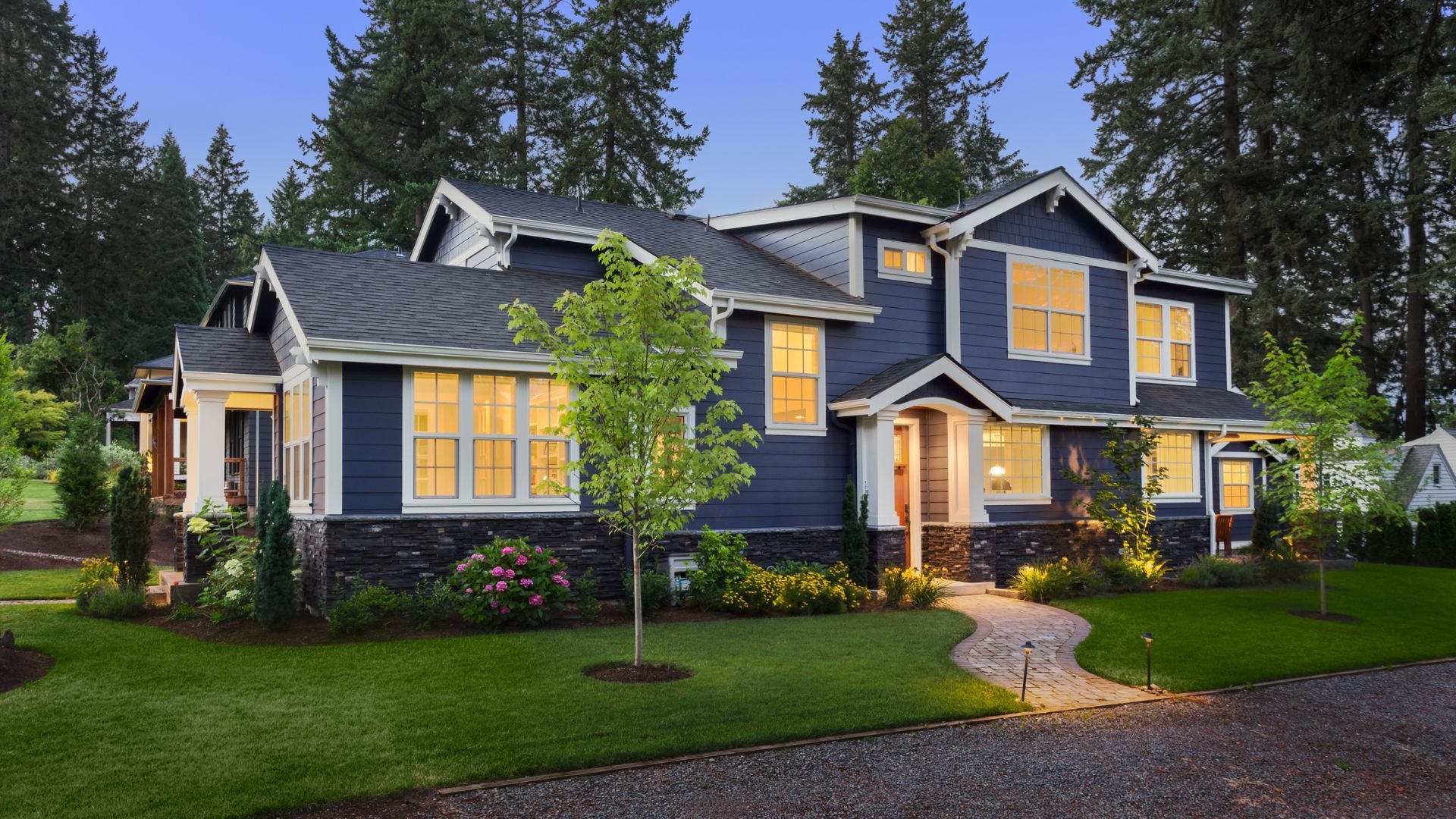
Renovating a Rhode Island home demands painting strategies tuned to coastal weather, historic materials, and modern health standards to achieve stunning, long-lasting results. This guide teaches homeowners how to select the right paint systems, prepare surfaces, estimate costs, and vet contractors for both interior renovation painting and exterior house painting in Rhode Island. Many local homes face salt spray, UV exposure, and older lead-containing surfaces; practical steps in surface preparation, product choice, and safety reduce failure risks and deliver a high-end finish.
You will learn exterior best practices, interior trends and techniques, a transparent cost breakdown, contractor selection checklists, and environmental safety guidance, including lead-safe and low-VOC options. The article covers coastal-compatible paint types, step-by-step preparation tasks, per-square-foot cost examples, and precise questions to ask prospective painters. Target keywords such as Rhode Island home renovation painting, coastal home paint RI, lead paint removal Rhode Island, and painting contractor Rhode Island are integrated throughout to help homeowners plan and execute renovation painting with confidence.
What Are the Best Exterior Painting Tips for Rhode Island Homes?

Exterior painting for Rhode Island homes requires choosing salt- and UV-resistant coatings, thorough surface preparation, and timing work during multi-day dry windows to ensure adhesion and longevity. The mechanism is straightforward: remove contaminants, repair substrates, select flexible, mildew-resistant topcoats, and apply them under suitable temperature and humidity ranges so the finish cures properly and resists coastal stresses. The benefit is a durable, lower-maintenance exterior that preserves historic details and reduces long-term repaint frequency. Below are the top actionable tips to prioritize before and during an exterior renovation painting project.
Top six exterior painting tips for Rhode Island homes:
- Choose acrylic-latex or elastomeric topcoats with mildew inhibitors for coastal exposure.
- Power-wash and neutralize salt before any scraping or priming.
- Repair and caulk gaps, then spot-prime bare wood and metal.
- Use corrosion-resistant primers on metal and galvanized surfaces.
- Schedule painting during stable 50–80°F, low-humidity dry periods.
- Back-roll over sprayer coats for uniform coverage and better film build.
These tips reduce premature failure and paint peeling common in coastal environments; next, consider how Rhode Island’s climate specifically alters product selection and prep.
How Does Rhode Island’s Coastal Climate Affect Exterior Paint Choices?
Rhode Island’s coastal climate exposes exterior coatings to salt-laden air, seasonal humidity swings, and strong UV radiation, which together accelerate breakdown and chalking of finishes. Salt particles promote corrosion on metal trim and track into substrates, while humidity and warmth encourage mildew growth unless formulations include fungicides; UV degrades resin, causing color fade and loss of flexibility. For that reason, selecting paints with high UV stability, salt resistance, and mildew resistance is essential to prolong coating life. Understanding these stressors leads directly to choosing the right paint type and preparation sequence to counteract local degradation mechanisms.
Which Paint Types Are Ideal for Rhode Island’s Weather Conditions?
Acrylic-latex paints are the common exterior choice because they balance adhesion, flexibility, and UV resistance, while elastomeric coatings add bridging capability for hairline cracks on masonry or stucco. Oil-based primers still have niche uses on problematic stains and bare metal, but modern acrylic primers paired with high-quality acrylic topcoats often outperform older oil systems in coastal settings. Low-VOC and mildew-resistant formulations are recommended for environmental and durability reasons, and selecting satin to semi-gloss finishes on trim improves washability and UV resilience. These choices reflect a meronymic approach—assembling surface preparation, priming, caulking, and topcoat selection as parts of a robust exterior painting system.
What Are the Essential Steps for Exterior Surface Preparation?
Successful exterior painting begins with methodical surface preparation: clean, remove salt, and stabilize substrates before priming and topcoating to ensure adhesion and longevity. Start with power washing and detergent cleaning to strip dirt and salt, follow with scraping and sanding loose paint, then repair rot, replace damaged trim, and apply appropriate primers to bare wood, masonry, or metal. Caulking gaps and using back-priming on end grain are practical steps that prevent moisture entry and future paint failure. Proper surface prep reduces repaint frequency and clarifies cost drivers for contractors and homeowners alike.
When Is the Best Season to Paint Exterior Surfaces in Rhode Island?
The optimal season for exterior painting in Rhode Island is late spring through early fall, when daytime temperatures consistently range between about 50°F and 80°F and relative humidity stays moderate, allowing films to cure fully. Fall often provides stable, cooler days with lower humidity that benefit longer open-time and film formation, while spring can be riskier due to pollen, rain, and variable humidity. Avoid painting before multi-day rain windows or during freeze/thaw periods, and plan exterior schedules around multi-day dry forecasts for best results. Proper scheduling reduces rework and improves long-term finish performance.
How Can You Achieve Stunning Interior Painting Results in Rhode Island Homes?
Achieving high-quality interior renovation painting requires careful substrate assessment, low-VOC product selection, and finishing techniques that respect historic trim and local daylight characteristics. Mechanically, success stems from comprehensive prep—patching, sanding, priming—paired with products that minimize off-gassing and provide the right sheen for rooms subject to coastal light reflection. The result is improved air quality, crisp transitions, and paint films that highlight architectural features without obscuring historic detail. Below are practical steps and trend-aware choices for interior renovation painting in Rhode Island.
What to prioritize for stunning interiors: prep, paint selection, technique.
- Prepare surfaces by patching, sanding, and cleaning to ensure smooth adhesion and finish.
- Use low- or zero-VOC paints for indoor air quality during renovations.
- Select finishes—matte for walls, satin/semi-gloss for trim—to balance aesthetics and durability.
These prioritized actions produce a durable, healthy interior finish; next, consider color trends and room-specific preparation.
What Are the Latest Interior Paint Color Trends for Rhode Island?
Rhode Island interiors favor warm neutrals, soft creams, and restrained coastal blues that enhance historic moldings and reflect variable natural light in coastal homes. Accent applications—deep verdant or muted navy—work well on feature walls or built-ins to create contrast with preserved trim, while warm whites maintain period-appropriate ambiance in older homes. Pairing palettes with finish selection and natural light analysis produces balanced interiors that read well in both bright seaside rooms and shaded parlors. These stylistic choices inform primer selection and the number of topcoats required for uniform coverage.
How Should You Prepare Interior Spaces for Renovation Painting?
Interior prep begins with moving or protecting furniture, masking floors and trim, and repairing substrate imperfections to produce uniform topcoat adhesion and finish. Patch and sand drywall seams, spot-prime stains and bare plaster, and use appropriate primer for tannin or smoke stains to avoid bleed-through. For older homes, test for lead before disturbance and follow lead-safe containment procedures if present; prepping carefully reduces touch-up needs and improves overall finish quality. Effective prep sets the stage for advanced techniques that enhance architectural detail.
What Advanced Interior Painting Techniques Enhance Rhode Island Homes?

Advanced techniques—feathering, glazing, crisp-edge taping, back-rolling after spraying, and careful trim brushing—produce high-end results that highlight moldings and period details in Rhode Island homes. Sprayer application with back-rolling can create fast, consistent coverage on large surfaces, while glazing and faux finishes add depth to focal walls and built-ins. For trim and ceilings, use high-quality brushes and slow-curing coatings to minimize lap marks and ensure seamless transitions. These application choices complement color trends and preparation standards to deliver a refined, renovated interior.
What Is the Typical Cost Breakdown for Home Renovation Painting in Rhode Island?
Painting costs in Rhode Island vary by prep needs, substrate condition, access, and product quality; understanding per-square-foot ranges helps homeowners budget accurately for renovation painting projects. Mechanically, costs rise with surface remediation, scaffolding, and specialized work like lead remediation or elastomeric coatings, while higher-grade paints increase material costs but reduce the frequency of repainting. The value lies in upfront investment in prep and quality coatings to lower lifecycle expenses and maintenance. Below are per-square-foot figures and example totals to guide planning and decisions.
Typical cost drivers and example totals:
- Surface preparation and repairs: a major variable that can double labor time.
- Paint quality: premium coatings increase material cost but extend service life.
- Access and scaffold: adds labor/equipment expense for multi-story homes.
| Task Category | Description | Typical Value |
|---|---|---|
| Surface preparation | Cleaning, scraping, minor repairs, priming | $0.80–$2.00 per sq ft |
| Paint materials | Primer and topcoat quality level | $0.50–$1.50 per sq ft |
| Labor & access | Application, masking, and scaffolding were needed | $1.20–$3.00 per sq ft |
This cost breakdown highlights how prep and access dominate pricing; consider the example totals below for common house sizes.
How Much Does Exterior Painting Cost per Square Foot in Rhode Island?
Exterior painting typically ranges across tiers depending on prep intensity and finish quality; a reasonable local range for exterior work is approximately $2.50–$5.00 per square foot. Lower-range projects include minimal scraping and repainting with standard acrylic coatings, while higher-tier projects add extensive carpentry repairs, lead-safe practices, or elastomeric coatings for masonry surfaces. Example totals might span from under $5,000 for a small cottage to $20,000+ for a large, multi-story historic home needing extensive prep. Understanding these tiers helps homeowners align budgets with desired longevity and finish quality.
What Are the Average Interior Painting Costs in Providence and Surrounding Areas?
Interior renovation painting in Providence-area projects commonly falls into project totals influenced by room count, trim work, ceiling height, and finish complexity, with reported regional averages reflecting mid-range renovations. Costs increase with specialty finishes, high ceilings, and restoration of historic trim, and homeowners should plan for premium charges when hiring contractors experienced in period-appropriate restoration. Factoring in quality materials and careful prep typically yields better long-term value than the lowest bids.
Which Factors Influence Painting Costs During Home Renovations?
Key variables that raise or lower painting costs include substrate condition, required repairs, access (scaffolding or lifts), seasonality, and whether lead-safe work is required; mitigating strategies include bundling tasks and scheduling during off-peak seasons. Choosing mid-range to high-quality paints can increase upfront cost but reduce repainting cadence, while extensive repairs or hazardous-material remediation will substantially increase labor and compliance expenses. Clear specifications and detailed written estimates help homeowners compare bids on an apples-to-apples basis.
| Cost Driver | Attribute | Typical Impact |
|---|---|---|
| Surface condition | Extent of repair/rot replacement | High |
| Access | Need for scaffolding or lifts | Medium–High |
| Hazard remediation | Lead-safe certified procedures | High |
| Paint quality | Durability and warranty | Medium |
These cost-driver relationships clarify where budget increases occur and where investment returns are realized through lifespan improvements.
How Do You Choose the Right Painting Contractor for Rhode Island Home Renovations?
Selecting a qualified painting contractor requires verifying certifications, local experience with coastal and historic properties, insurance, and references to ensure renovation-specific needs are met. The mechanism of vetting involves checking credentials, viewing project galleries, and obtaining detailed estimates that list prep, materials, and warranties so homeowners can compare scope and value. The benefit is reduced risk of improper prep, warranty disputes, or premature coating failure. Use the checklist below to structure contractor interviews and verification.
Essential contractor vetting checklist:
- Confirm proof of insurance and documented references from recent local projects.
- Verify lead-safe or RRP certification for older homes requiring disturbance of painted surfaces.
- Request detailed, itemized written estimates that separate prep, materials, and labor.
Below is a compact verification table to guide homeowner checks.
| Verification Item | What to Verify | What to Request |
|---|---|---|
| Insurance & licensing | Active liability insurance and any trade registrations | Certificates of insurance |
| Lead-safe credentials | RRP or equivalent certification for lead work | Copies of certifications |
| Local experience | Project gallery of similar Rhode Island houses | Before/after photos, references |
To illustrate professional exterior contractor services, homeowners can review State Line Painters' exterior painting and staining service offerings as an example of published local service pages that outline procedures for prep, priming, and finish systems.
What Certifications and Experience Should Rhode Island Painting Contractors Have?
Prefer contractors with lead-safe work practice certification, proof of insurance, and demonstrable experience with coastal or historic materials; these credentials reduce liability and improve outcomes. Lead-safe certification is essential for older homes to comply with regulations and protect occupants during the disturbance of old paint. Local experience ensures understanding of regional weather impacts on coatings and appropriate product selection. Requesting references and portfolios confirms competency for the specific renovation scope.
How Can You Verify a Contractor’s Local Reputation and Service Quality?
Verify reputation by cross-checking multiple review platforms, requesting client references, and reviewing project galleries that showcase similar scope and finish quality. Ask for warranty terms and details on post-job maintenance policies to understand long-term support. Speak directly to recent clients about communication, cleanup, and adherence to schedule to gain insight into day-to-day performance expectations.
What Questions Should You Ask Before Hiring a Rhode Island Painter?
Ask focused pre-hire questions about lead handling, exact materials and brands to be used, timeline, crew size, daily cleanup protocols, and a detailed payment schedule to avoid surprises. Request an itemized written estimate, clarify warranty coverage, and confirm who handles building permits or scaffold safety. Benchmark answers against clear expectations: certified lead-safe practices, specified product brands and sheens, and a firm timeline with milestones.
- What lead-safe procedures do you follow, and can you document certification?
- Which paint brands and products will you use, and why are they suited to the RI climate?
- Can you provide an itemized written estimate and a recent client reference?
These questions reveal contractor preparedness and alignment with homeowner goals for renovation painting.
What Safety and Environmental Considerations Are Important for Rhode Island Renovation Painting?
Safety and environmental considerations center on lead paint risk management in older homes, choosing low- or no-VOC products for indoor air quality, and selecting exterior coatings that balance durability with environmental impact. The mechanism involves testing, containment, certified remediation when needed, and selecting sustainable paint systems that still meet durability requirements for coastal conditions. The result is safer renovation work and a reduced long-term environmental footprint. Below, practical safety steps and green product guidance are outlined.
How Should You Handle Lead Paint in Older Rhode Island Homes?
Test for lead before disturbing existing painted surfaces and, if positive, hire certified lead-safe contractors to contain dust and perform remediation or encapsulation. Lead-safe practices include containment, HEPA vacuuming, and proper waste disposal to protect occupants and workers. Encapsulation with suitable coatings can be an option when removal is unnecessary, but certified contractors should evaluate and recommend the safest approach. Prioritizing testing and certified remediation prevents health hazards and regulatory issues.
What Eco-Friendly Paint Options Are Best Suited for Rhode Island Homes?
Low-VOC and zero-VOC paints improve indoor air quality during and after renovations, while durable, eco-friendly exterior formulations are available that balance environmental benefits with UV and mildew resistance. Homeowners should weigh trade-offs between the highest durability and lowest emissions, selecting mid- to high-performance low-VOC exterior products for coastal exposure. Choosing sustainable paints for interiors and durable, mildew-resistant exteriors reduces environmental impact without compromising longevity.
How Do Weather and Environmental Factors Impact Paint Longevity and Maintenance?
Salt spray, UV exposure, and freeze/thaw cycles accelerate coating wear and necessitate more frequent inspections and maintenance, such as resealing joints, touch-ups of vulnerable trim, and reapplication intervals tailored to exposure severity. Regular inspections—annually for high-exposure elements—catch early deterioration and enable targeted repairs that extend overall system life. Proactive maintenance and selecting coatings designed for local stressors deliver the best lifecycle value for Rhode Island renovation painting.
